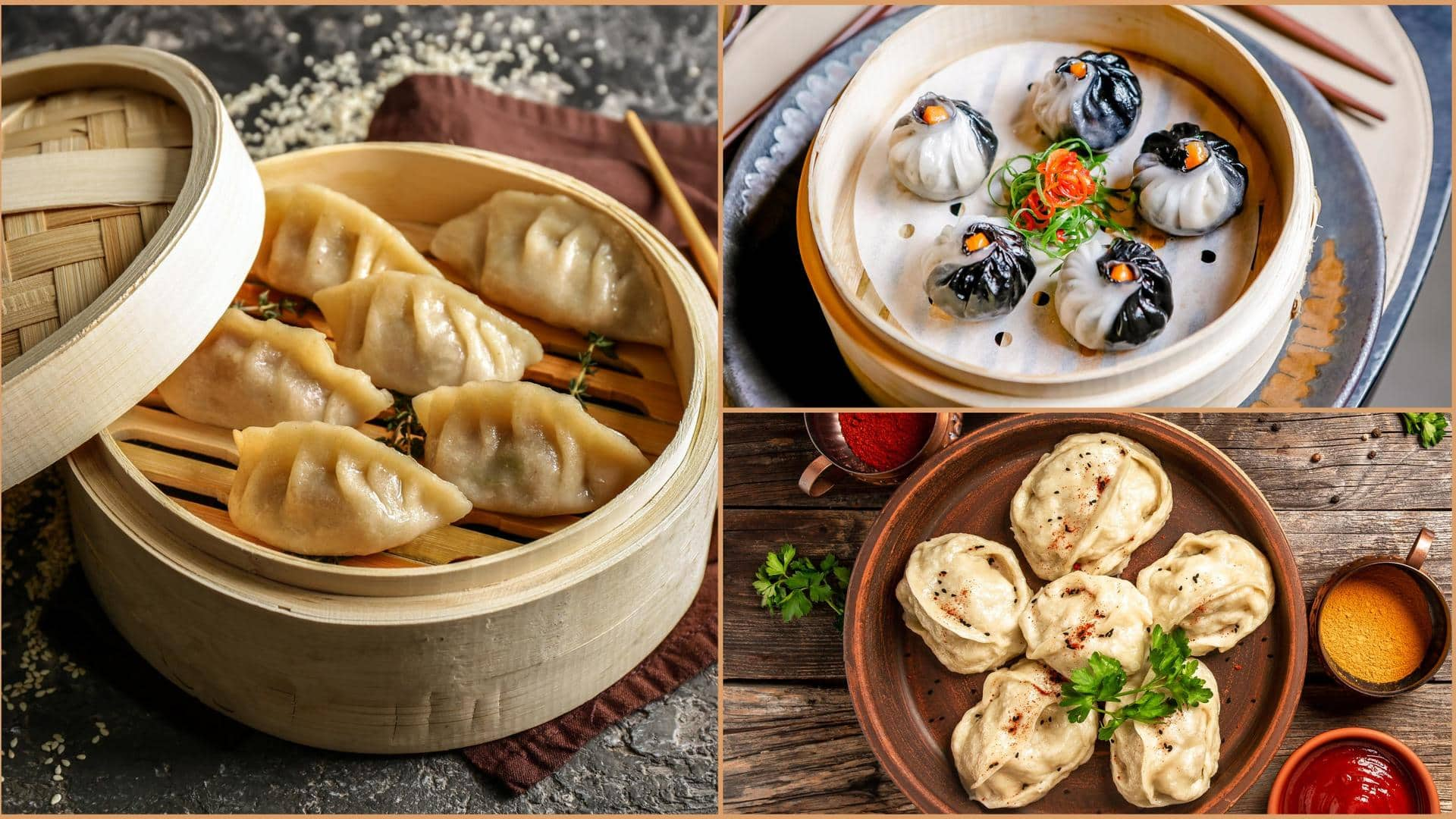
Dumplings, dim sums, and momos: What makes each unique
What's the story
If you love street food, you may have noticed momo stalls mushrooming up all over your city. You may have also come across dumplings and dim sums at many Asian restaurants. Ever wondered how they are different? These dough-based dishes come in various shapes and sizes. Although similar, they have some unique features which set them apart. Here's how to differentiate between them.
Origin
Place of origin
Momos originated in Tibet and are typically filled with spiced vegetables or meat. Dim sums originated in the Guangdong region of southern China and refer to small portions of Cantonese cuisine. Dumplings have their origin in Northern China and can come in various shapes and sizes and can be filled with meat, vegetables, or a combination of both.
Cuisine
Cuisine
In Tibet, momos traditionally had yak meat filling, but in India, veggies were added to cater to a vast vegetarian population. Dim sums offer various flavors, textures, and fillings and can be enjoyed as regular, seasonal, or deity offerings. Dumplings are highly versatile and can have fish, chicken, pork, or veggie fillings, and can be cooked via boiling, baking, simmering, steaming, or frying.
Appearance
Appearance
Dumplings, momos, and dim sums are all dough-based dishes with fillings, but they differ in appearance. Dumplings are usually larger pieces of wheat-based dough wrapped around stuffing; they can be fully or semi-stuffed. Momos are smaller in size and always have a filling. Meanwhile, dim sums have a semi-transparent or fully transparent outer covering with finely diced or chopped filling.
Cost
Cost
Momos are the most affordable, costing between Rs. 50 to 100 per plate containing 10 to 12 pieces, while dim sums cost between Rs. 150 to 200 for a plate of 8 to 10 pieces. Dumplings, on the other hand, are a broad category that includes a variety of dishes, from ravioli to samosas, so their prices can vary accordingly.